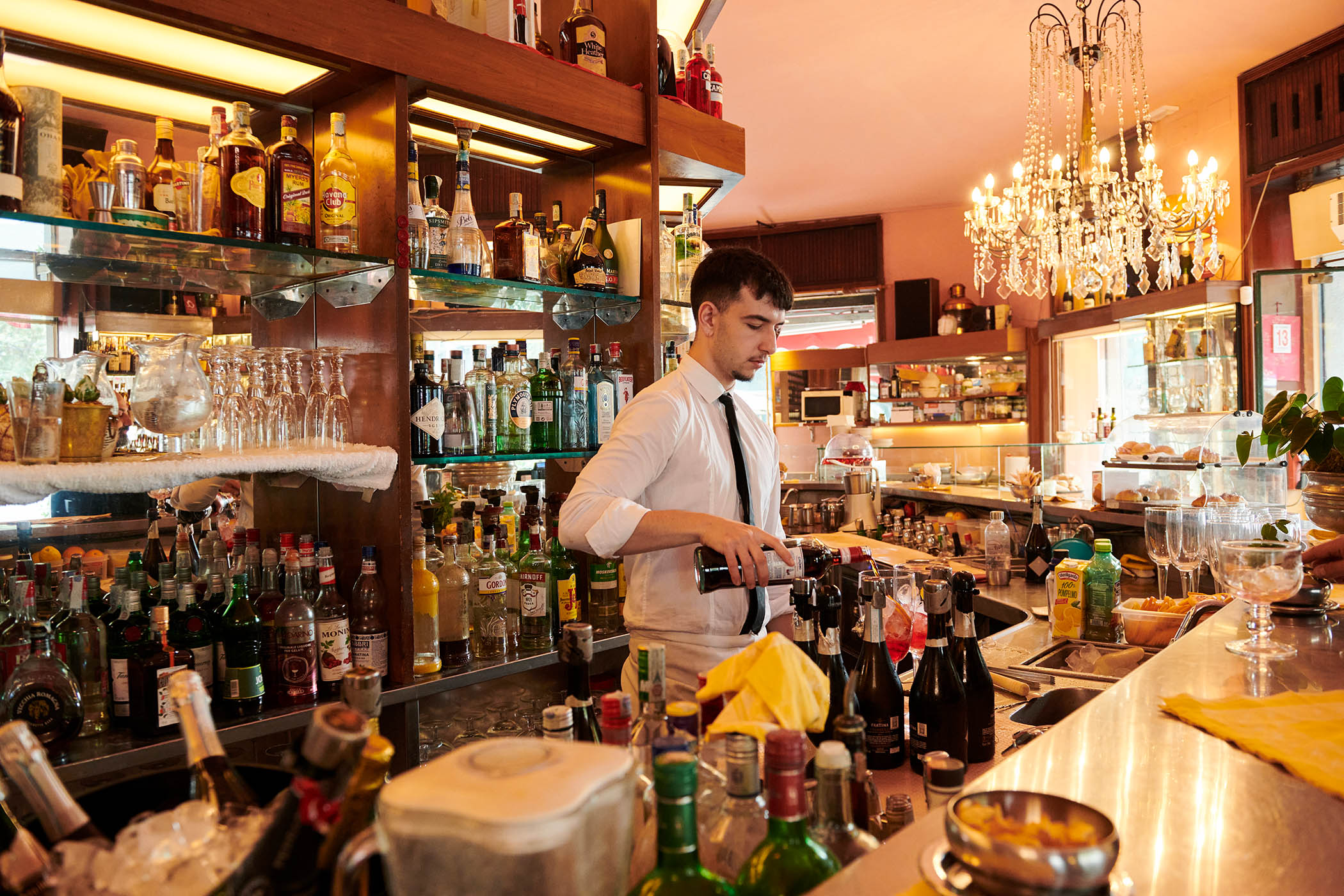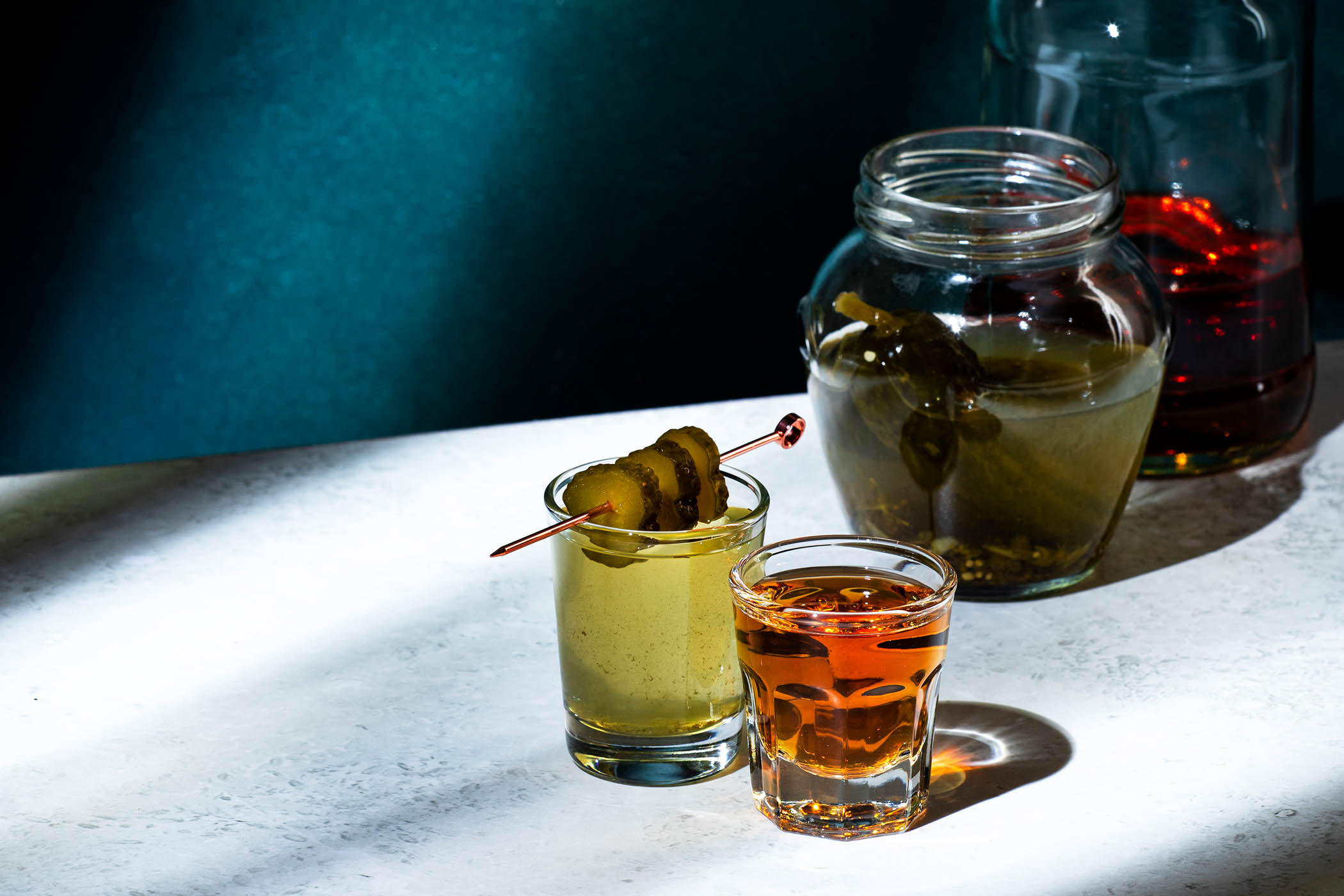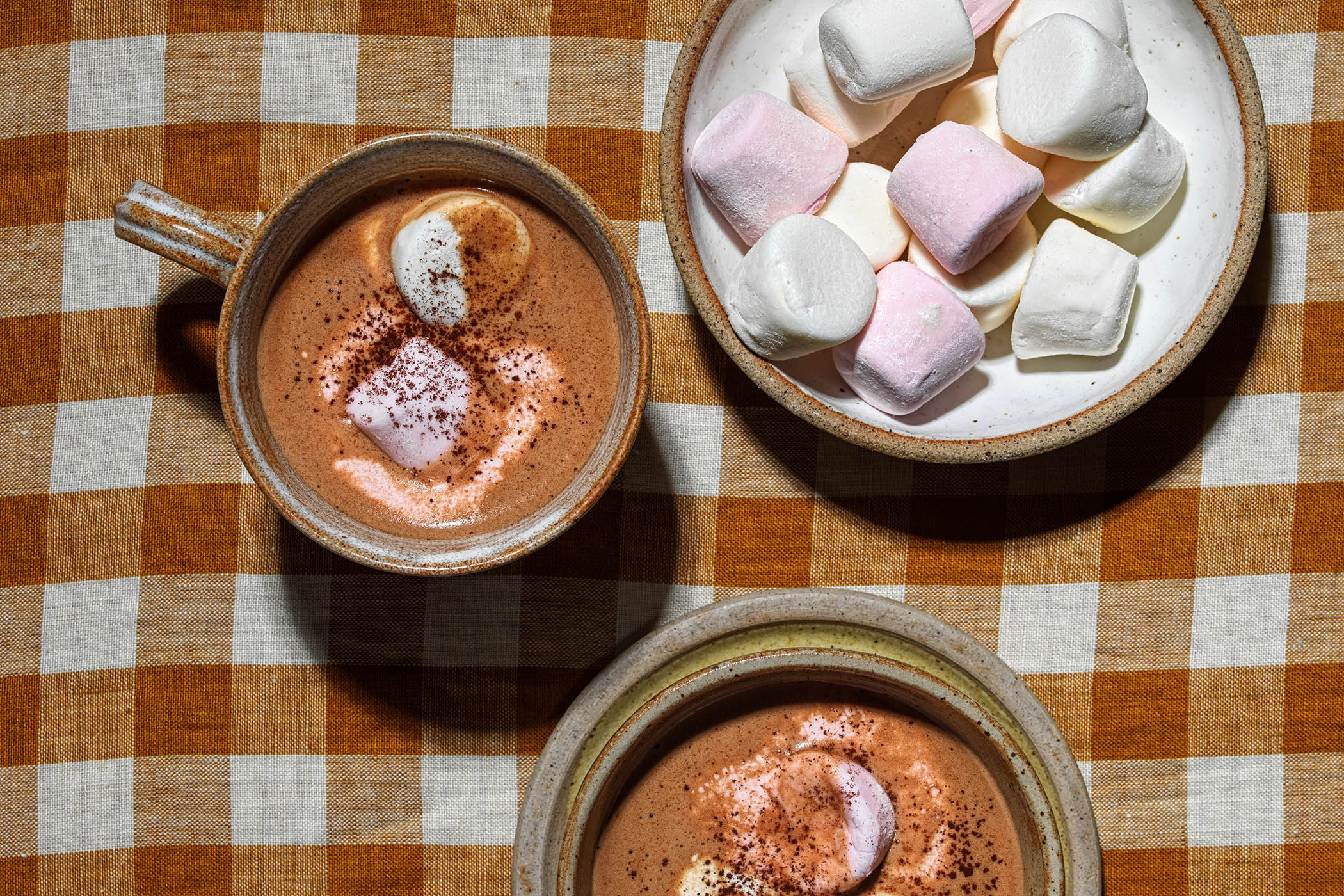Photographs Chiara Goia
When I was 12 years old, my parents bought a ruined cottage in northern Italy, knocked it down, and quickly realised their project was far larger than their wallets. While they inspected the rubble and squabbled with a trio of estate agents called Franco Uno, Franco Due and Franco Tre, my sisters and I passed the time in the village’s old-man bar.
Every day at 11am sharp, the farmers stomped in to begin their ritual: a Campari spritz to start – the dash of soda, we reasoned, made it breakfast-appropriate – followed by white wine and a sharpening grappa before heading back out to operate heavy machinery. Until lunch, when they’d return for round two.
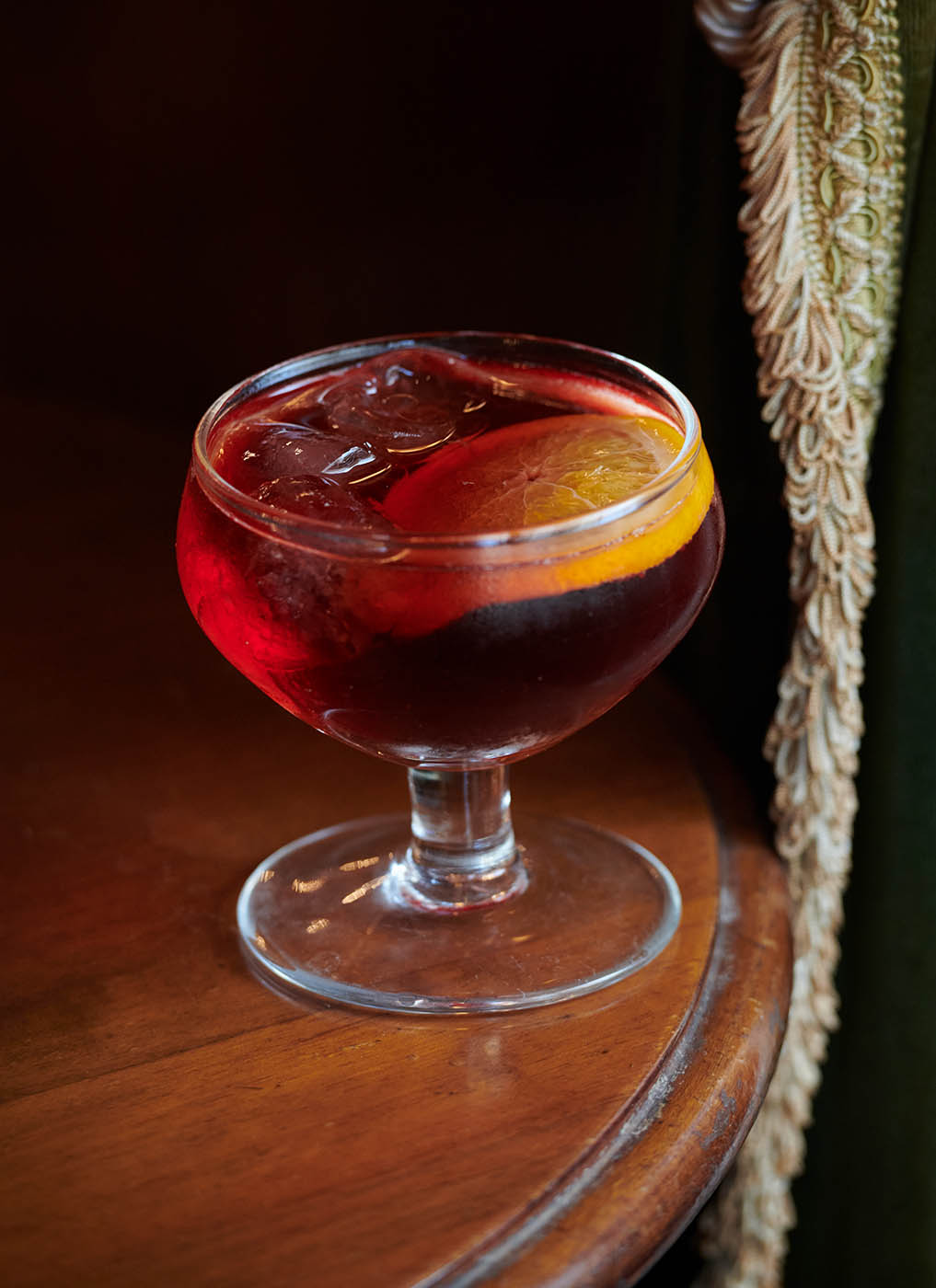
Negroni Sbagliato: this famous drink was invented by accident in the 1970s at Bar Basso (top picture), the legendary bar on Via Plinio
The alchemy of liquors and curling cigarette smoke burned into my imagination as the apex of sophistication, and I resolved to live out my own version of this someday. Which is how I found myself, four drinks deep, careering around Milan – the spiritual home of the aperitivo – on the hunt for the best bar in the city. It was the end of September. Fashion Week had just ended. But the city’s watering holes were still filled with locals and well-heeled interlopers.
I began in Bar Basso, the institution in Città Studi credited with democratising the aperitif, the ritual of bitter cocktails before a meal, born in Turin but perfected in Milan in the 60s. The interior feels like a time capsule from that decade: salmon-pink walls, dusty bottle cabinets and a precarious-looking chandelier. If it were a food, it would be a maraschino cherry.
Related articles:
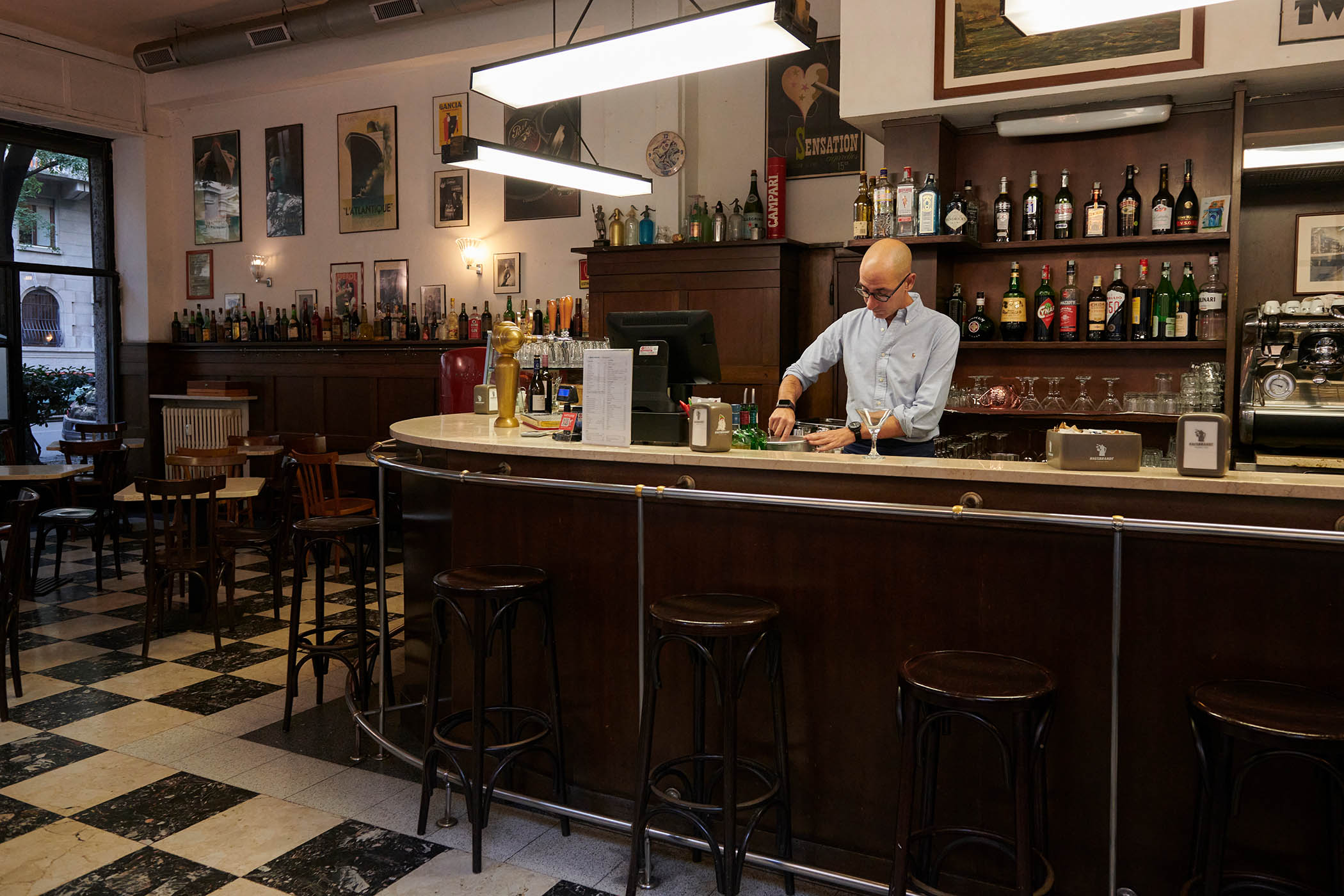
La Belle Aurore: this elegant bar is on Via Privata Giuseppe Abamonti
Outside, Basso’s neon-red signage cast a pillar-box glow over an eclectic crowd of trendy young Milanese and local old men, all of them clutching what looked like vases of sunset-coloured liquid. They were drinking Negroni Sbagliatos – Basso’s signature cocktail, invented in the 70s when barman Mirko Stocchetto accidentally grabbed sparkling wine instead of gin while mixing a negroni, thus creating its effervescent cousin.
I, in the name of research, ordered my own vase, after much gesticulating at the monochrome scrum of penguin-suited waiters, dashing everywhere except towards their customers (a feature of Milanese bar staff, I was soon to discover). But when my drink eventually arrived, it was worth the wait: a burnt-pink fish-bowl garnished with ice and a slice of orange, complete with accoutrements of olives, crisps and mini sandwiches.
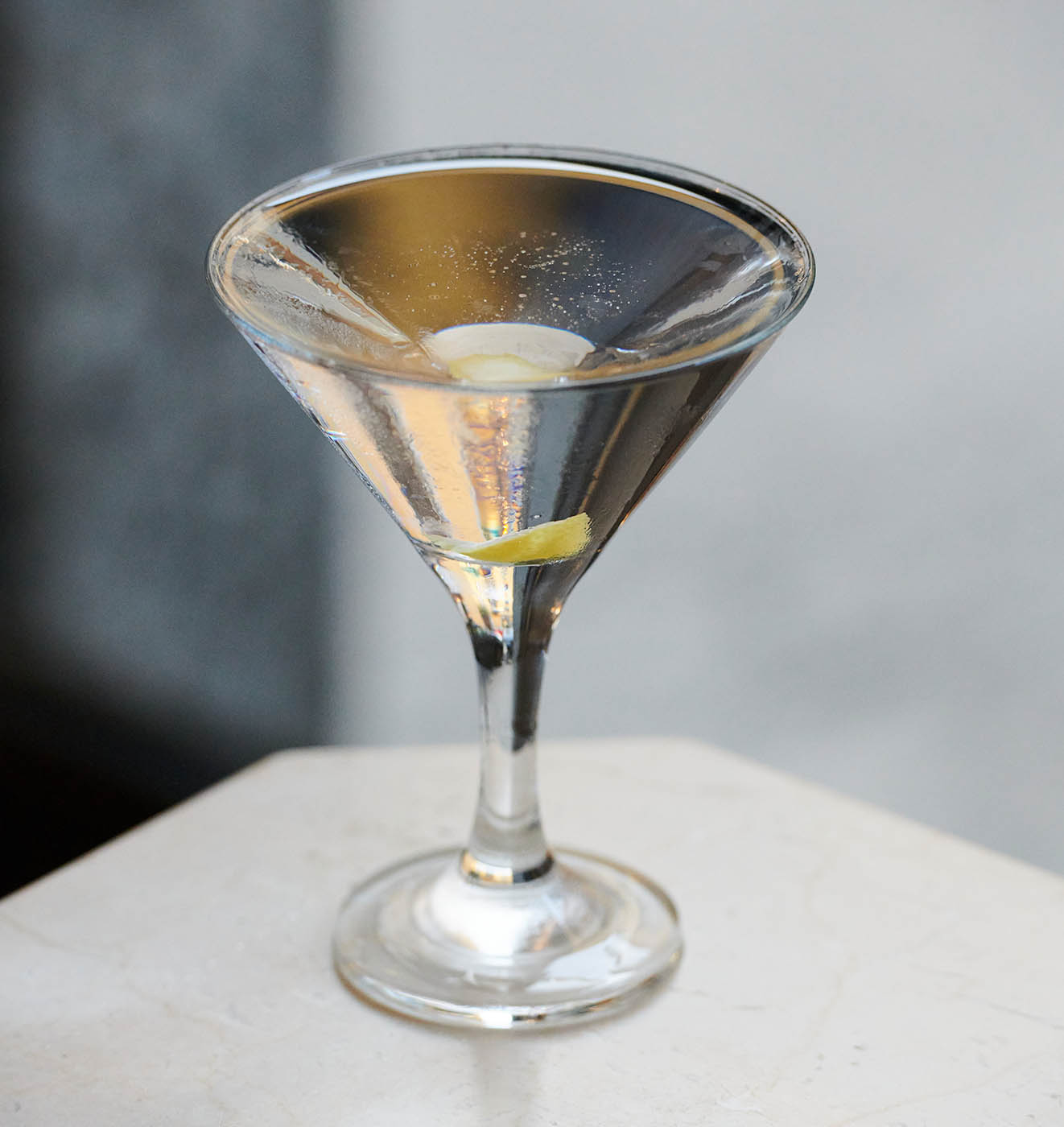
‘I could barely see by the time I’d drained it’: the Hemingway Martini, signature drink at La Belle Aurore (above)
The sun had set by the time I headed towards the Duomo, my sights on the Camparino in Galleria, the very stable where the liquor was born at the hands of Davide Campari. After perfecting his secret recipe of more than 60 herbs and botanicals, Campari opened his eponymous bar in 1915, and it rapidly became the epicentre of Milanese civility, his unmistakable red drink its emblem. Inside, Camparino remains the picture of refined elegance: liveried bar staff greet you by a polished mahogany bar, while coiffed patrons lounge in red velvet chairs looking out on to the Galleria.
Despite the many Campari-based cocktails on offer, a waiter told me that the Campari seltz remained their most popular: cold Campari blasted with pressurised soda water and poured into a chilled crystal glass. Campari was a champion of the Futurist movement – a group of artists and intellectuals who glorified modernity and rejected the past – and the brand commissioned painter Fortunato Depero to design its then avant-garde conical glass bottle. You wouldn’t know it, though, surveying the bar’s frescoed walls and Belle Epoque interior.
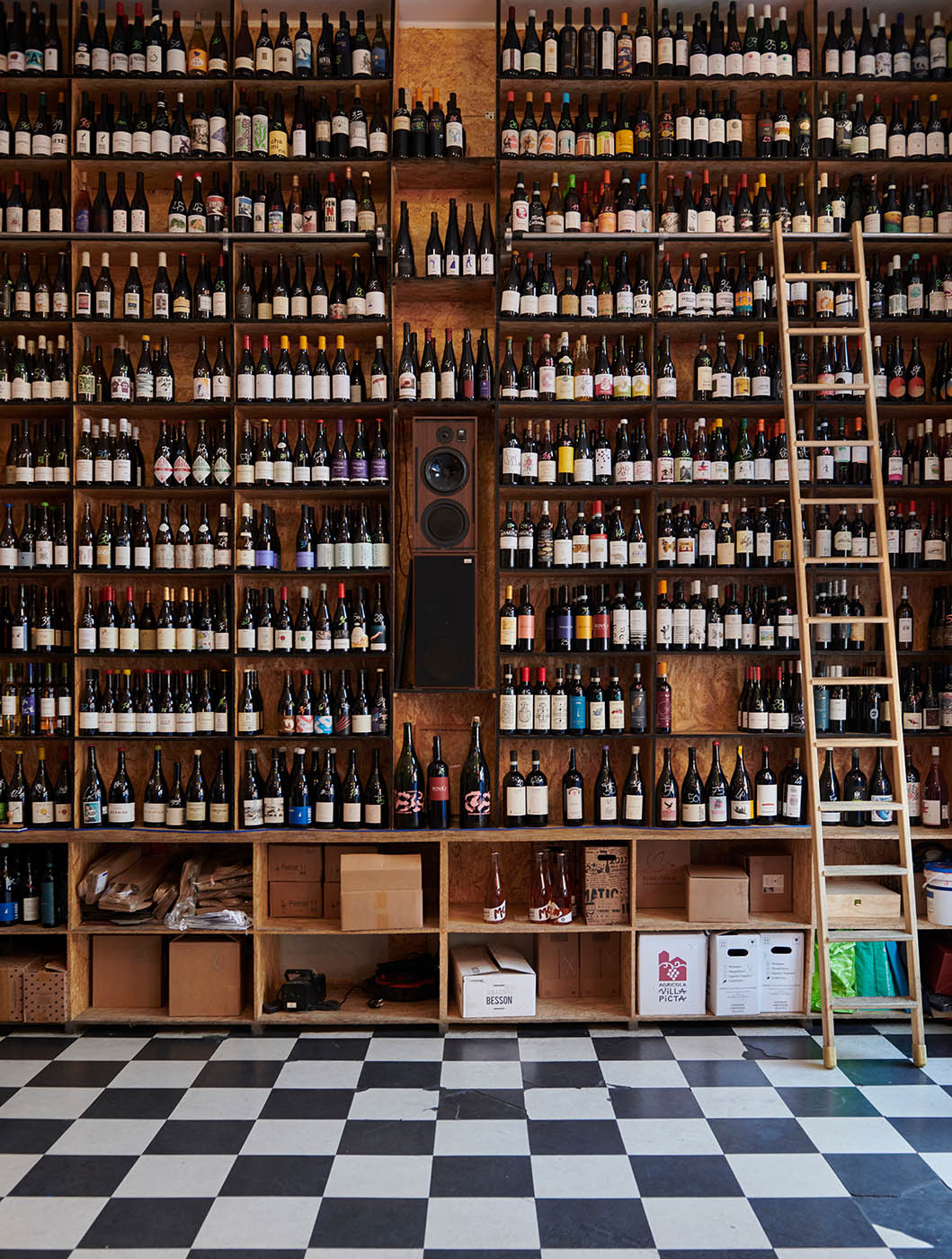
Enoteca La Botte Fatale: an astonishing display of wines, spirits and vermouths line this atmospheric bar’s walls on Via Giuseppe Giacosa
I was tipsy by the time I reached La Belle Aurore for another drink. This tucked-away spot in Porta Venezia, once a haunt of Milan’s communists and intellectuals, has the air of a 1930s Parisian bistro, with chequered tiles, marble-topped tables and no music, just the low murmur of regulars and the rustle of newspapers.
The barman persuaded me to try their signature Hemingway Martini, made by rinsing ice with vermouth and finished with a simple shave of lemon. This was a mistake – I could barely see by the time I’d drained it and missed my dinner reservation.
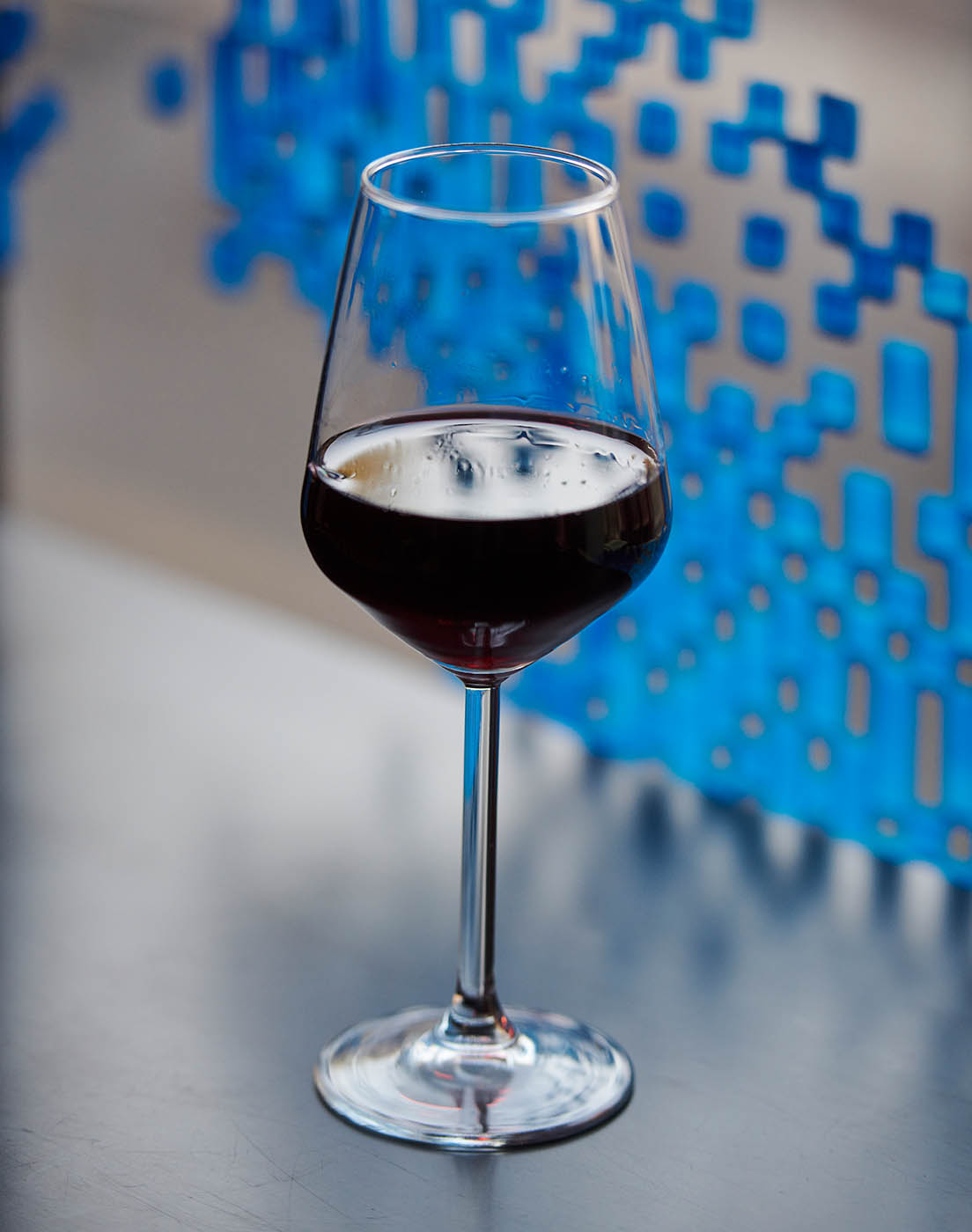
One of many thousands of wines at Enoteca La Botte Fatale (above): ‘The only menu, the handsome barman told me, was in his head’
The next morning, I dragged my hangover to Pasticceria Cucchi in Porta Ticinese for a brioche al crema and post-11am cappuccino, to my waiter’s disgust. As the sugar rush faded, there was only one cure: pelo del cane. I headed slightly out of town to the arty NoLo district on the recommendation of a handsome tutor named Alberto.
At Enoteca La Botte Fatale, I was greeted by an equally handsome barman smoking insouciantly atop a fruit crate. Inside, wine bottles lined the walls and the only menu, he told me, was in his head. After a personal tasting, we settled on a salty white from outside Rome – delicious and dehydrating in equal measure.
It struck me, as the day spooled on in a woozy blur, that despite the city’s reputation for sleek modernism, the Milanese seem to crave the opposite in their bars. They spill out of low-lit, dusty enotecas like Cantina Isola, N’Ombra de Vin and Bar Picchio where the currency is heritage and patina rather than innovation. There are, of course, bars that would appease even the founder of the Futurists, Filippo Tommaso Marinetti, who asked: “What is the use of looking behind?” Bar Nico is resplendent in its minimalism, all sharp lines and stainless steel. The same goes for Minerale, a natural wine bar that wouldn’t be out of place in east London. And yet both are lit by Campari-red light fixtures that remind you, whether you like it or not, of what came before.
What’s Milan’s best bar? Impossible to say. But if it has an old man drinking a spritz before noon, chances are you’ve found it.
